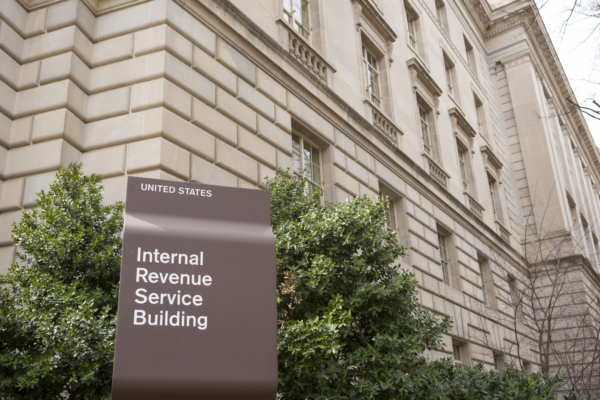According to the new regulations issued by the Internal Revenue Service (IRS) on Friday (November 1st, 2024), employees aged 60-63 can make additional contributions to their 401(k) plans starting in 2025 in order to receive higher retirement benefits.
Normally, the IRS adjusts the maximum amount employees can contribute to retirement accounts annually based on inflation, but employees aged 50 and above are eligible for additional catch-up contributions.
The IRS announced on Friday, November 1st, that, as a result of a change in the Retirement Act passed in 2022 (SECURE 2.0 Act), employees aged 60, 61, 62, and 63 participating in 401(k) plans are eligible for higher catch-up contribution limits. The catch-up limit for 2025 is $11,250, up from $7,500. This represents an increase of approximately 14% from 2024, marking the biggest change in the 401(k) plan in two decades.
Catch-up contributions aim to assist eligible employees who did not make early contributions or had insufficient contributions throughout their past careers, often due to entering and exiting the labor market.
Even high savers who have already made sufficient contributions in the past will also take full advantage of this catch-up provision. One-sixth of employees aged 65 and above have experience with catch-up contributions.
According to calculations by The Wall Street Journal, for all employees of companies that allow after-tax payments (regardless of age), the total contribution limit for 2025 can increase from $69,000 in 2024 to $70,000, including the basic plan limit of $23,500, employer contributions, and additional after-tax payments. With the new catch-up provision, employees in their early 60s can contribute up to $81,250 to their 401(k) plans.
However, achieving this maximum limit is not easy. For employees over 60 with a yearly income of $150,000, a contribution of 23% of their salary is required to reach the basic limit and the new super catch-up limit.
Michael Alania, a 53-year-old advertising technology executive from New Jersey, has been making full catch-up contributions to his retirement fund since he turned 50. He told The Wall Street Journal that, apart from covering basic living expenses, he has been putting all his money into his 401(k) plan.
“When you reach retirement age, this will be your income,” he said.
Additionally, the IRS will keep the annual contribution limits for individual retirement accounts and Roth IRAs at $7,000. However, individuals aged 50 and above can make an additional $1,000 catch-up contribution.

